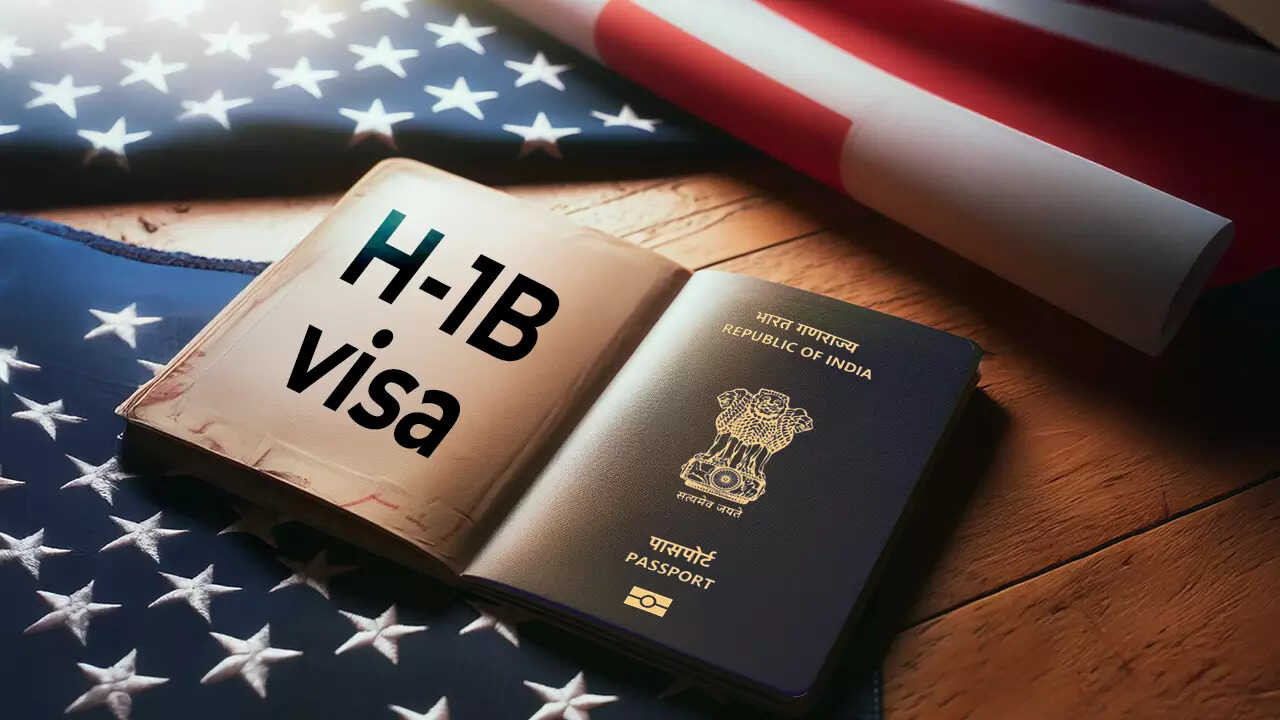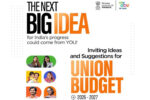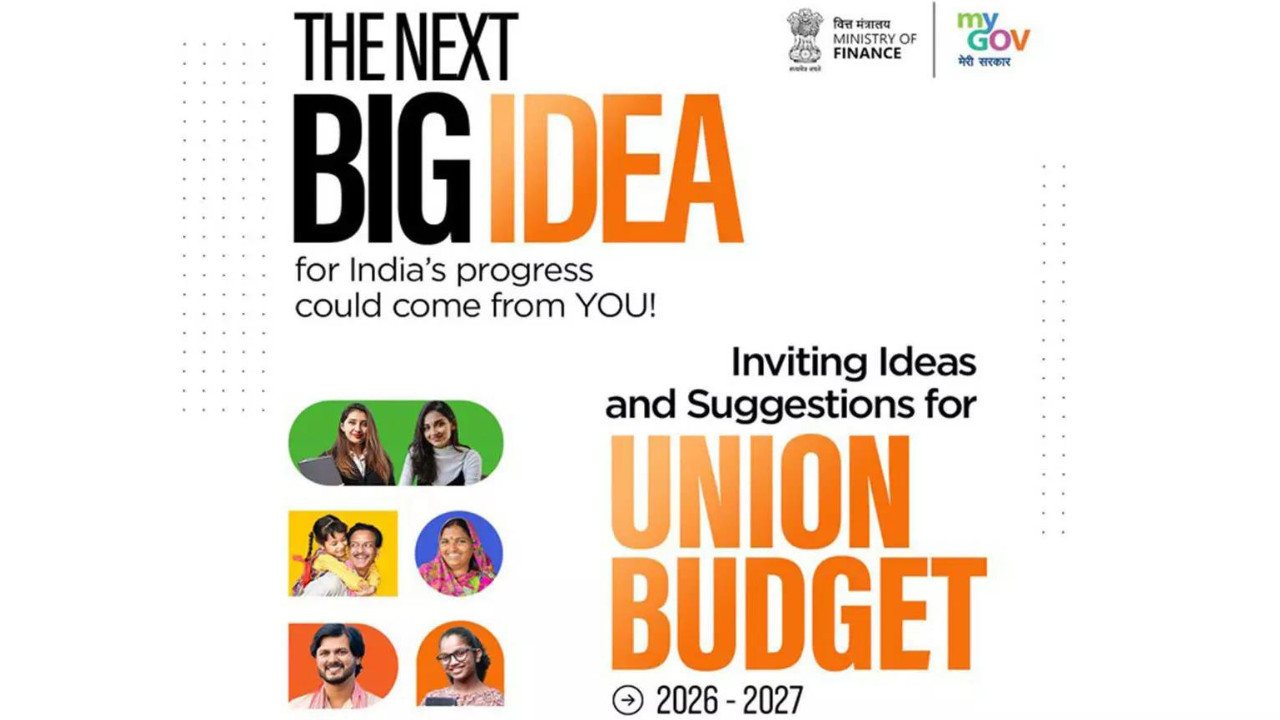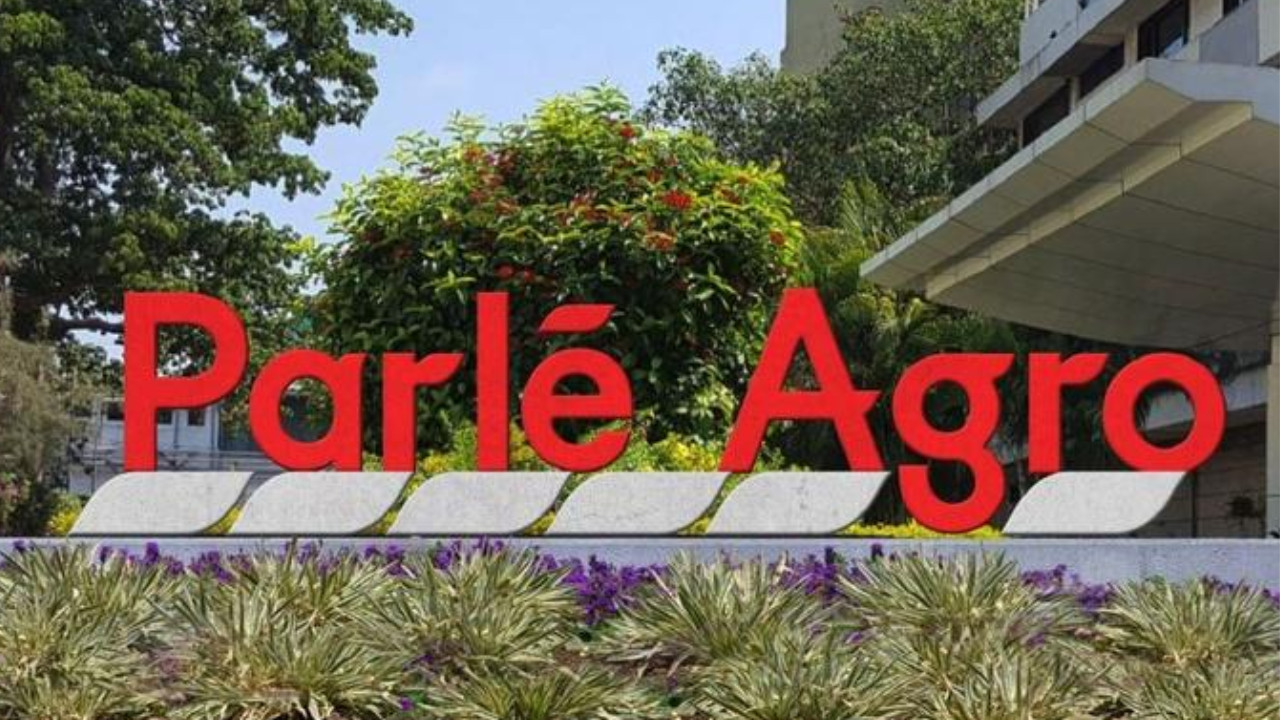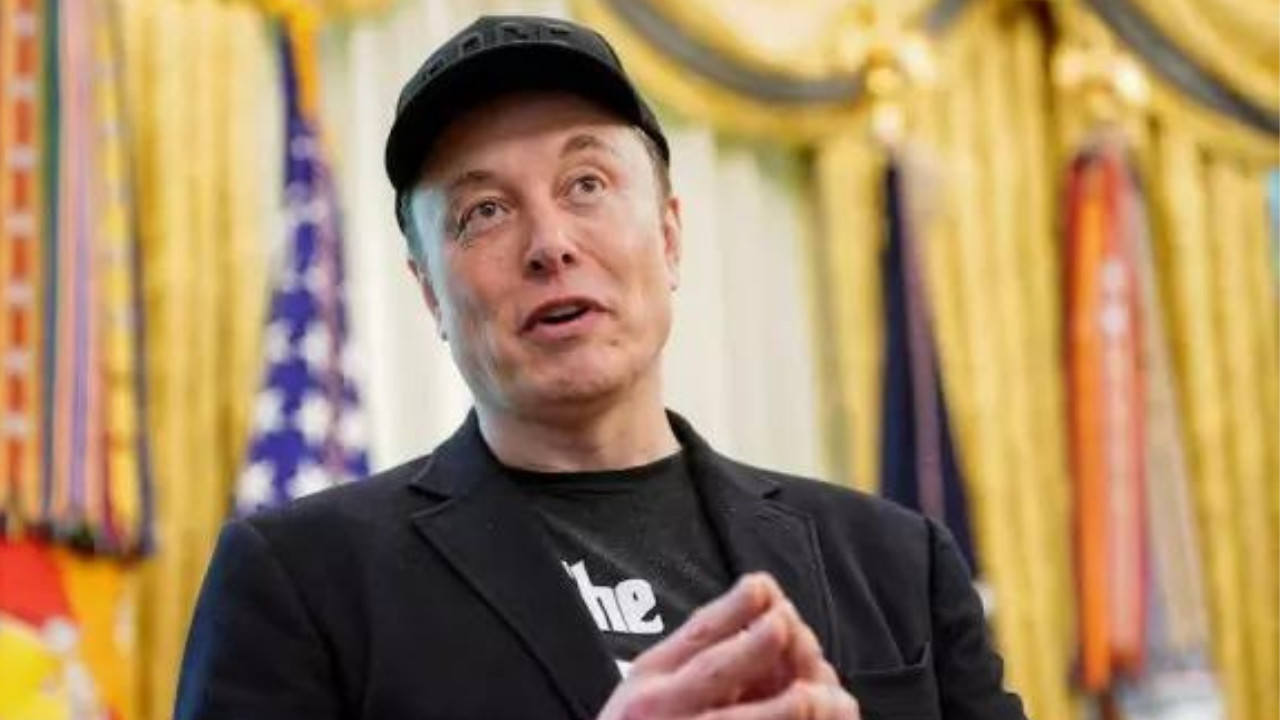H-1B visa applications for FY26 have significantly decreased, influenced by stricter regulations under Donald Trump’s policies and increased application costs. Heightened scrutiny, including social media verification and rigorous documentation, contributes to the decline, alongside economic factors like tech industry layoffs.
The H-1B Dilemma: Is the American Dream Fading for Tech Talent?
Okay, let’s talk about the H-1B visa. For years, it’s been the golden ticket – the express lane to the American Dream for skilled workers, particularly in the tech sector. We’ve all heard the success stories, the innovation fueled by bright minds from across the globe building empires in Silicon Valley. But lately, something feels… off.
The numbers are down. Way down. We’re talking about a significant dip in H-1B applications, and it’s raising some serious eyebrows. Why the sudden chill? Is the allure of working in the US losing its sparkle?
The usual suspects are being rounded up for questioning, and two names keep popping up: money and… well, let’s just call it a change in attitude.
First, let’s address the elephant in the room: the hefty price tag. Applying for an H-1B visa isn’t exactly pocket change. Fees have skyrocketed, making the whole process a much bigger financial burden for companies looking to sponsor foreign talent. Think about it – for startups and smaller businesses, these costs can be a real deal-breaker. Sponsoring an employee from another country becomes less of a strategic investment and more of a gamble. It’s a simple economic reality: when the price goes up, demand often goes down. It’s not just the application fees either; it’s the legal costs, the compliance requirements, and the general administrative overhead. The total cost of sponsoring just one employee can easily run into the tens of thousands of dollars.
But money isn’t the whole story, is it?
We can’t ignore the shift in the political climate, particularly during the Trump administration. While I won’t delve into partisan politics, it’s undeniable that the anti-immigration rhetoric and policies implemented during that period sent a clear message to the world: America was becoming less welcoming. This perception, even if not entirely accurate now, lingers in the air. It’s a perception that’s hard to shake off, especially for individuals contemplating a major life change like moving to a new country.
Imagine being a talented engineer in India, weighing your options. You see news headlines about immigration crackdowns and visa rejections. You hear stories about H-1B holders facing bureaucratic hurdles and uncertainty. Would you still be as eager to pack your bags and chase the American dream? Probably not.
The drop in applications isn’t just a number; it’s a reflection of a shifting global landscape. Other countries are stepping up their game, actively courting skilled workers with more welcoming policies and attractive opportunities. Canada, for instance, has been aggressively pursuing tech talent, simplifying their immigration process and offering a more predictable pathway to permanent residency. Australia, too, is becoming a major contender. The US isn’t the only game in town anymore.
So, what does this all mean for the future? Well, it’s a bit of a wake-up call. The US has long benefited from the influx of global talent, which has fueled innovation and economic growth. Losing that edge could have serious consequences down the line.
The question now becomes: what can be done to reverse this trend? Some argue for a reassessment of the H-1B fee structure, making it more affordable for companies to sponsor talent. Others suggest a more proactive approach to showcasing America’s openness and commitment to attracting skilled workers.
Frankly, it needs to be a multi-pronged approach. It’s about making the visa process smoother, more transparent, and, yes, more affordable. But it’s also about actively combating the perception of a closed-off America and reminding the world that the US is still a land of opportunity.
The stakes are high. The competition for global talent is only going to intensify in the coming years. If the US wants to maintain its position as a leader in innovation and technology, it needs to rethink its approach to immigration and actively work to attract the best and brightest minds from around the world. Because, let’s be honest, the American Dream shouldn’t be priced out of reach. And it definitely shouldn’t feel unwelcoming. The future of American innovation might just depend on it.
📬 Stay informed — follow us for more insightful updates!
